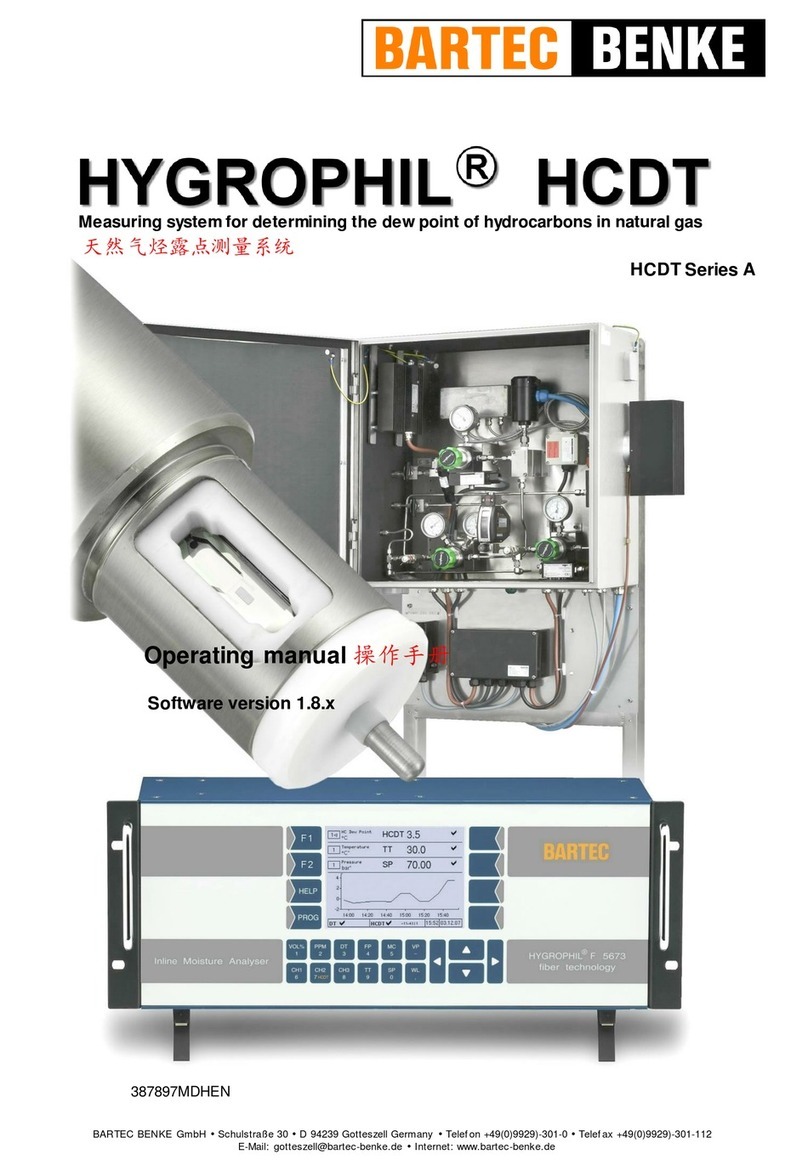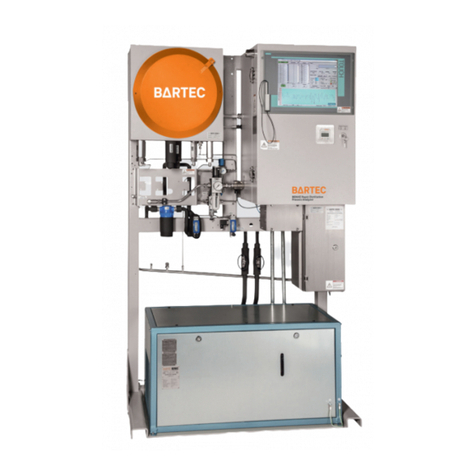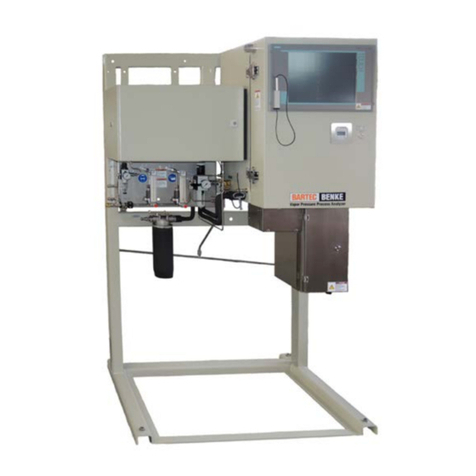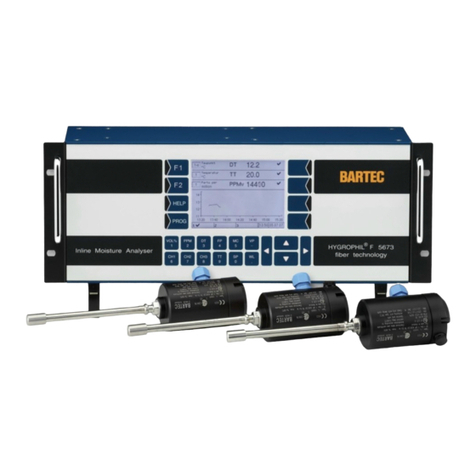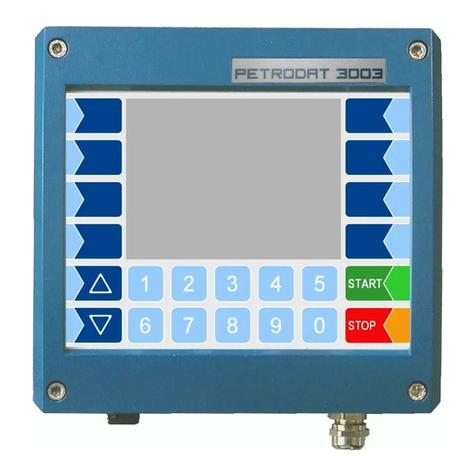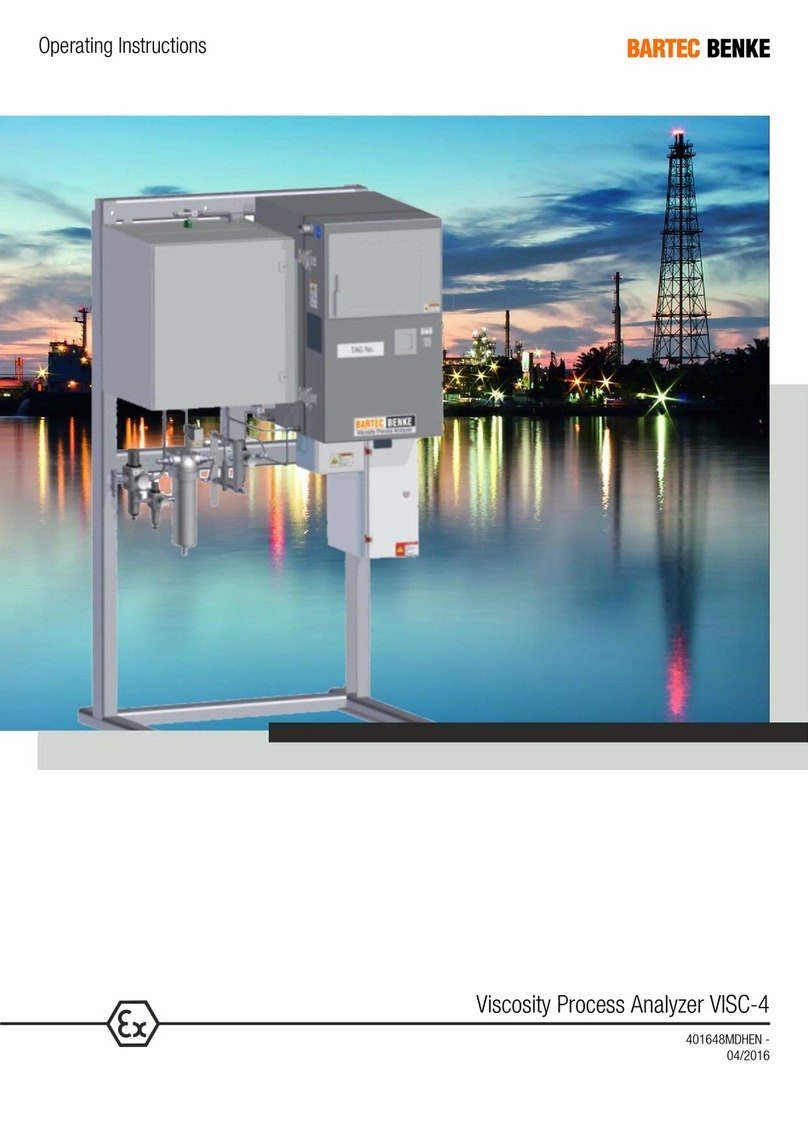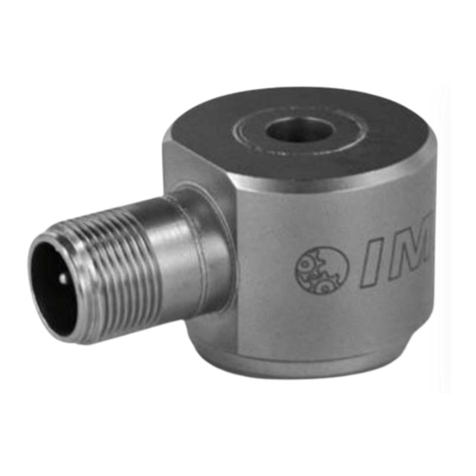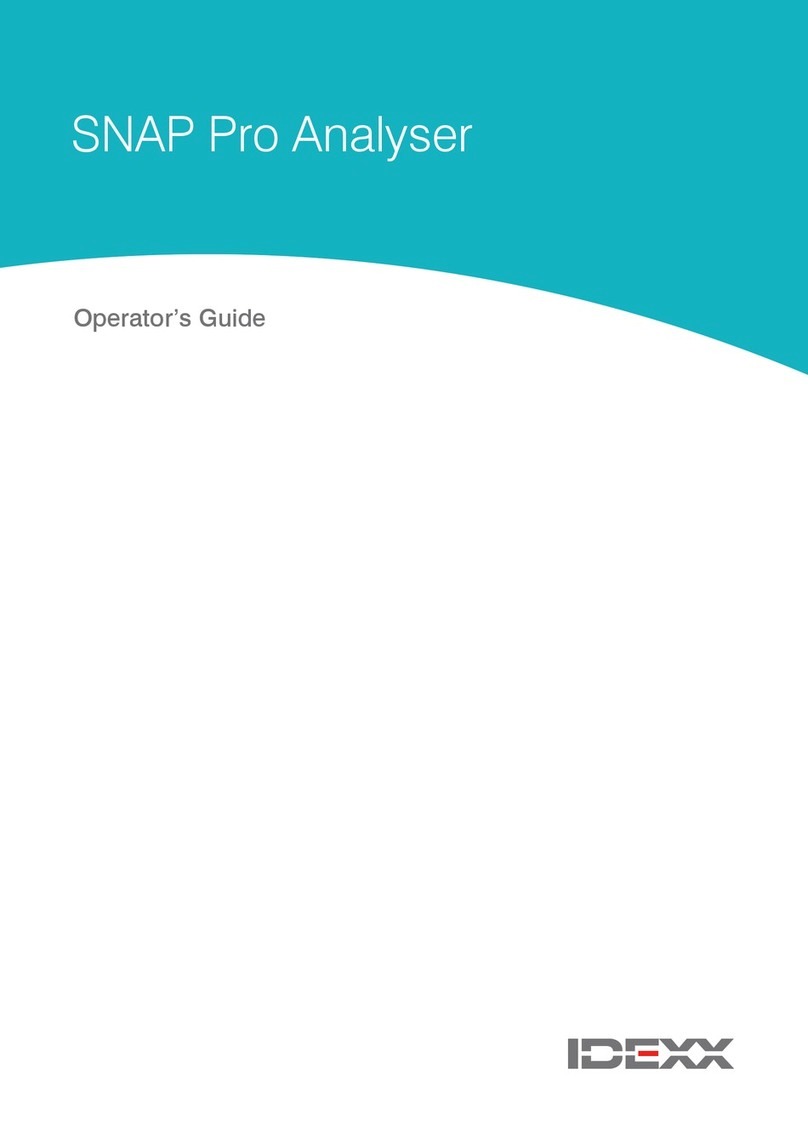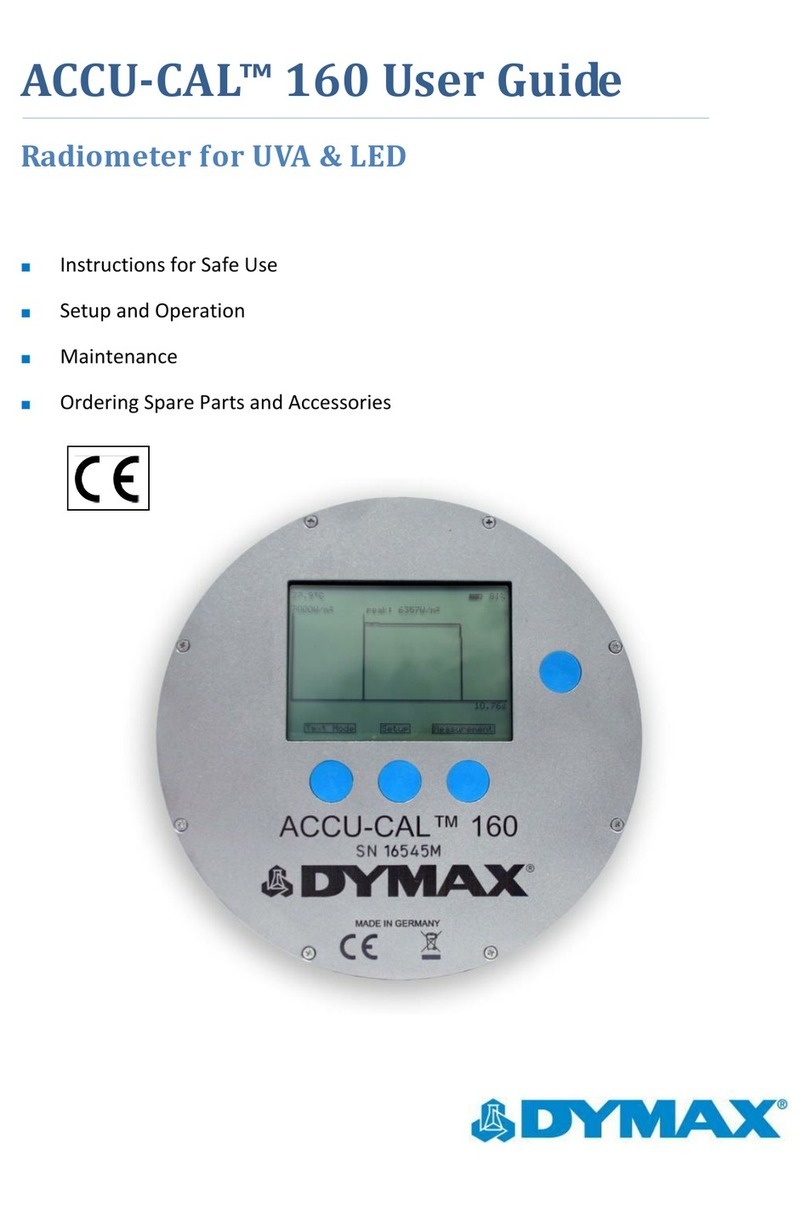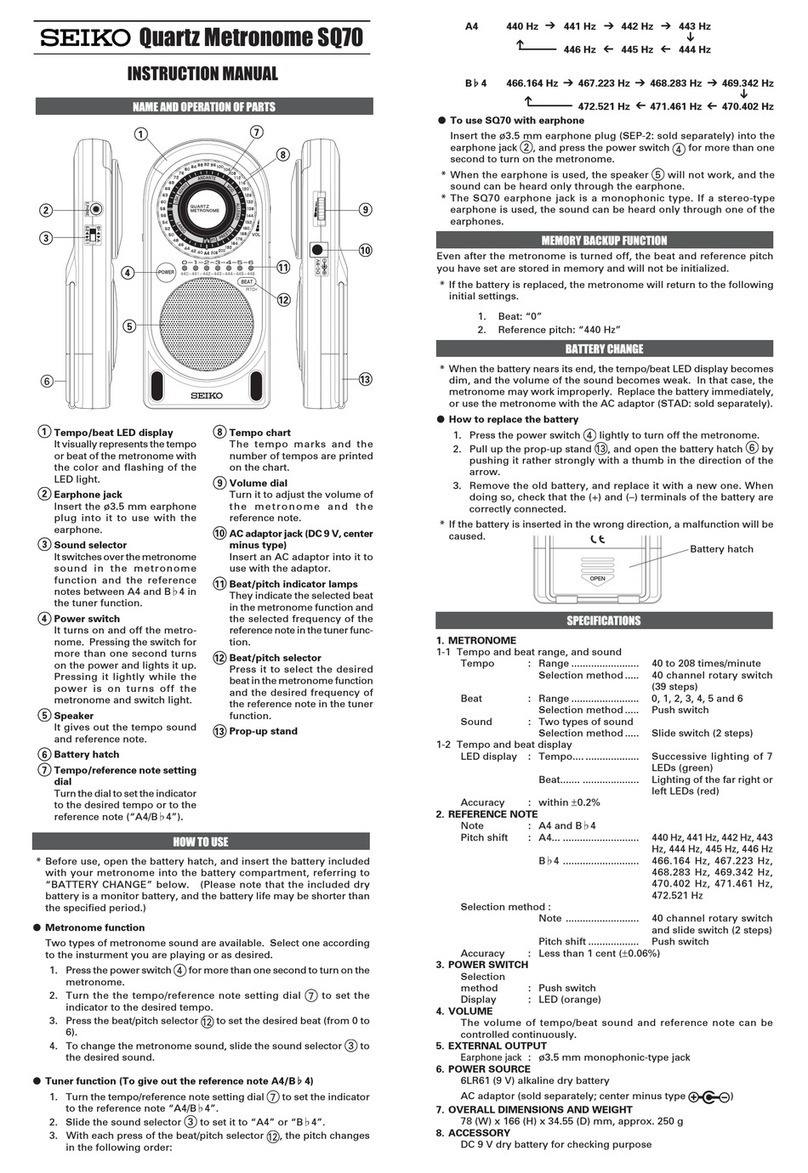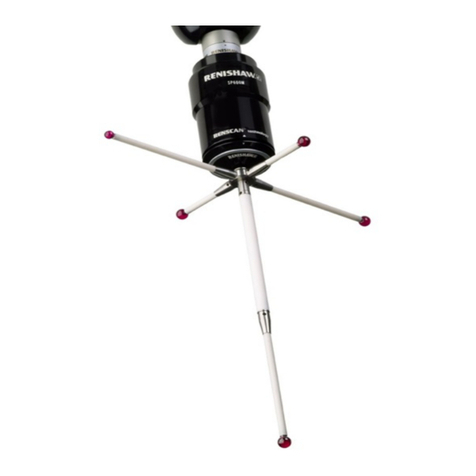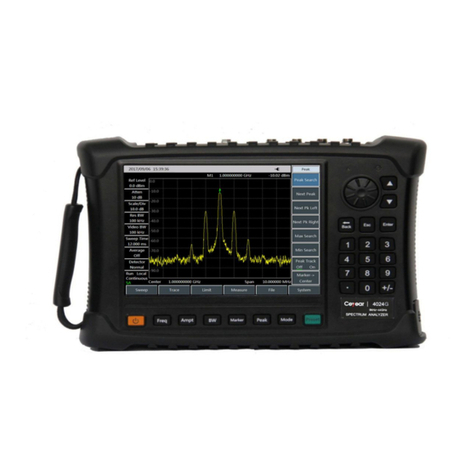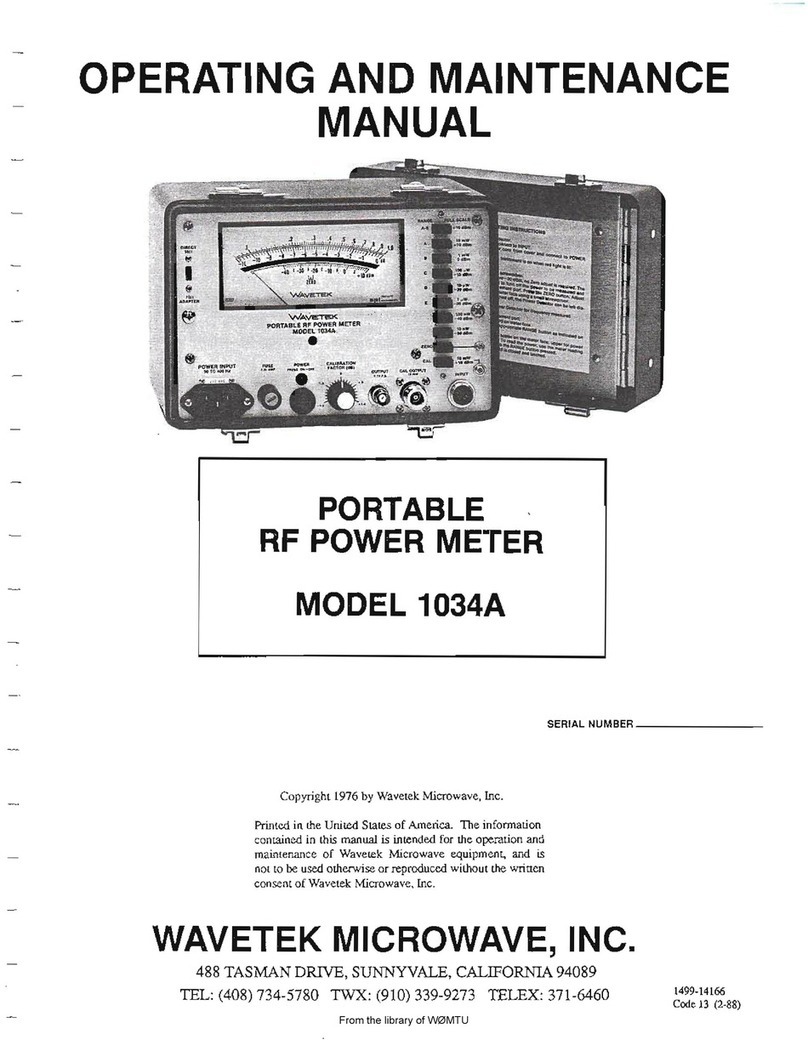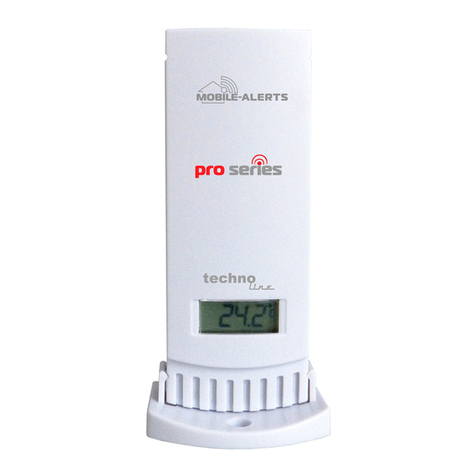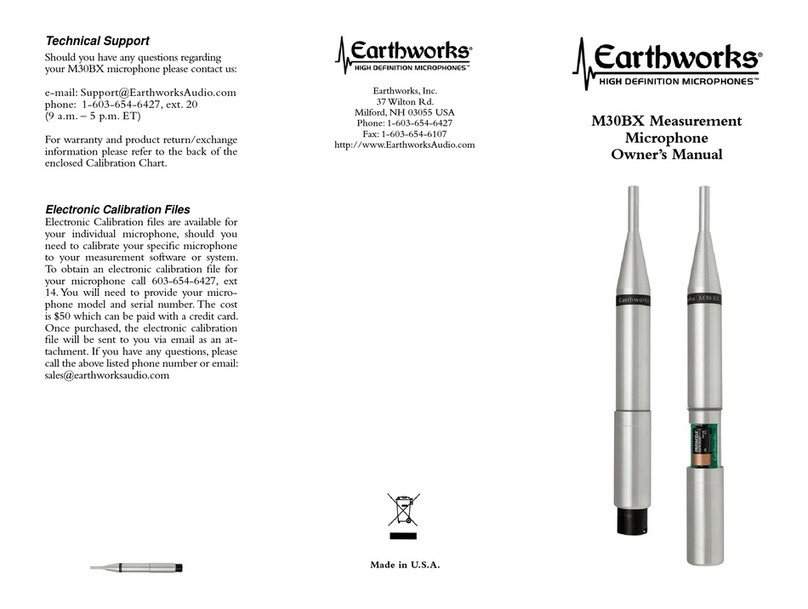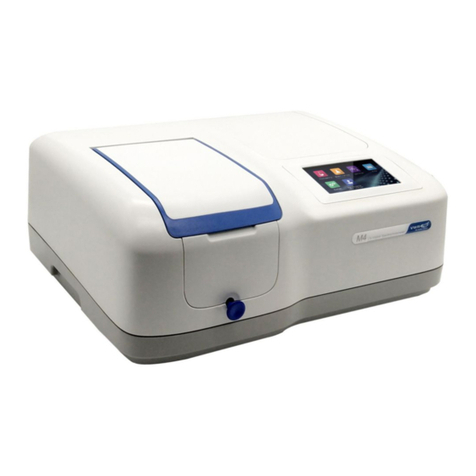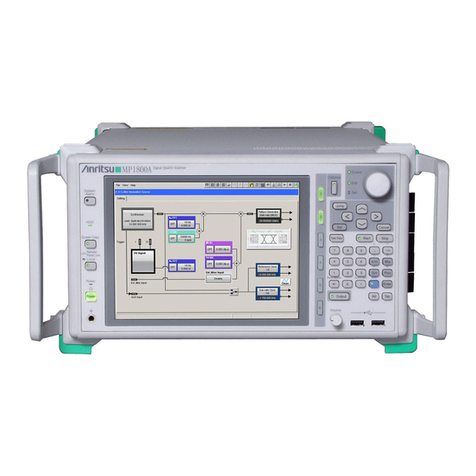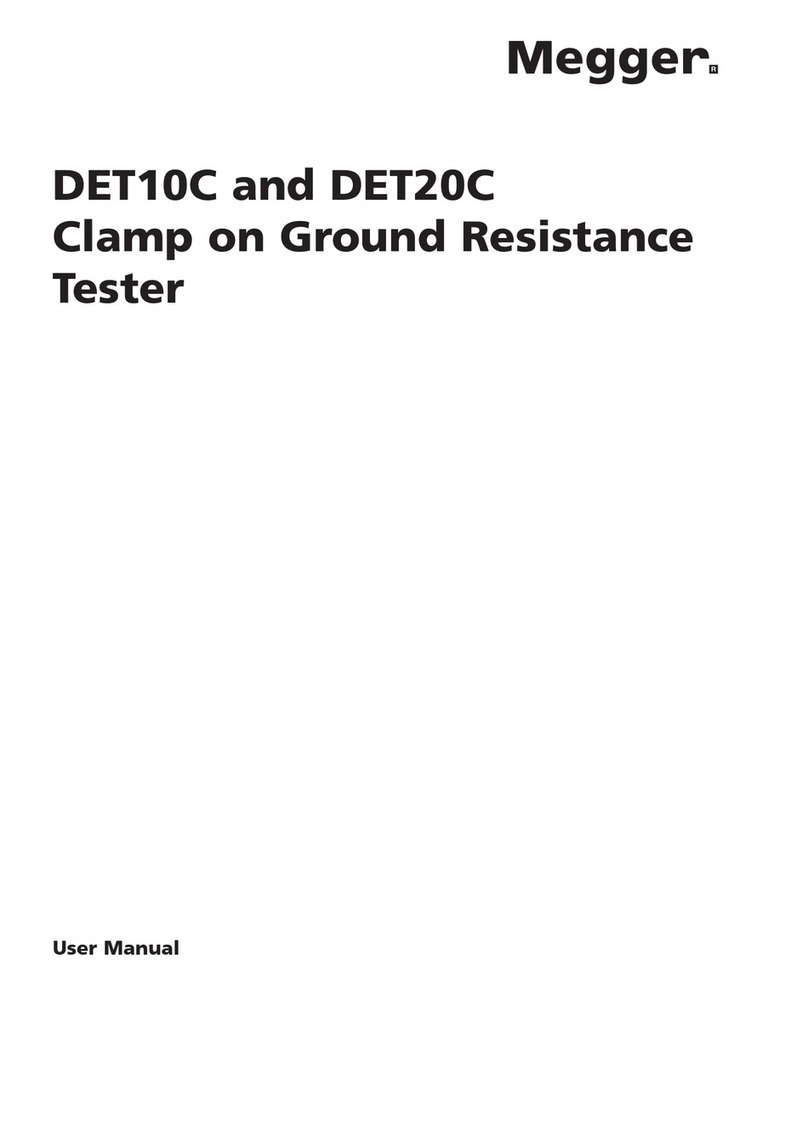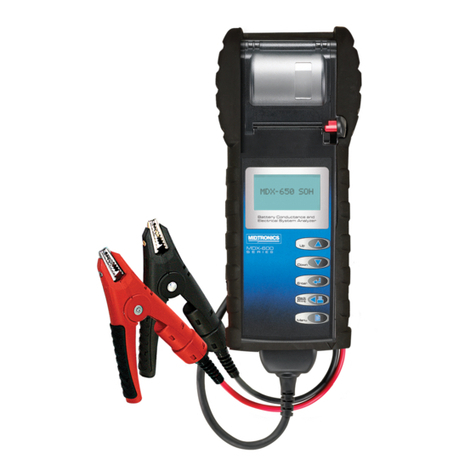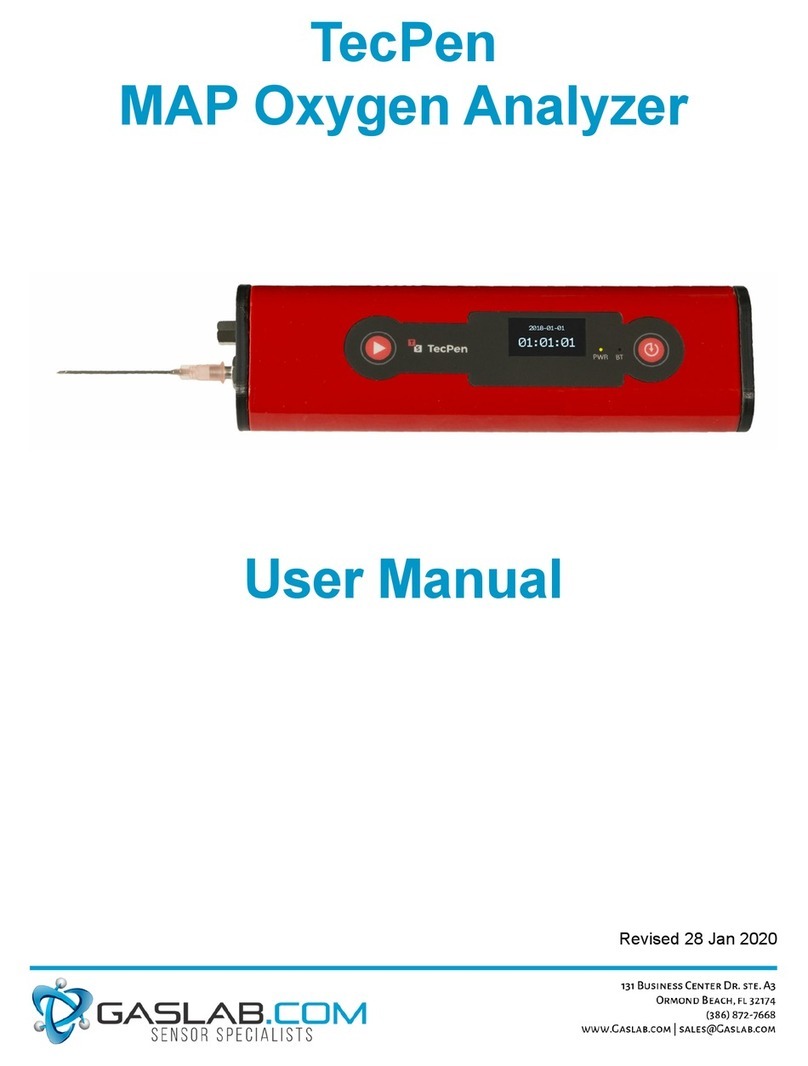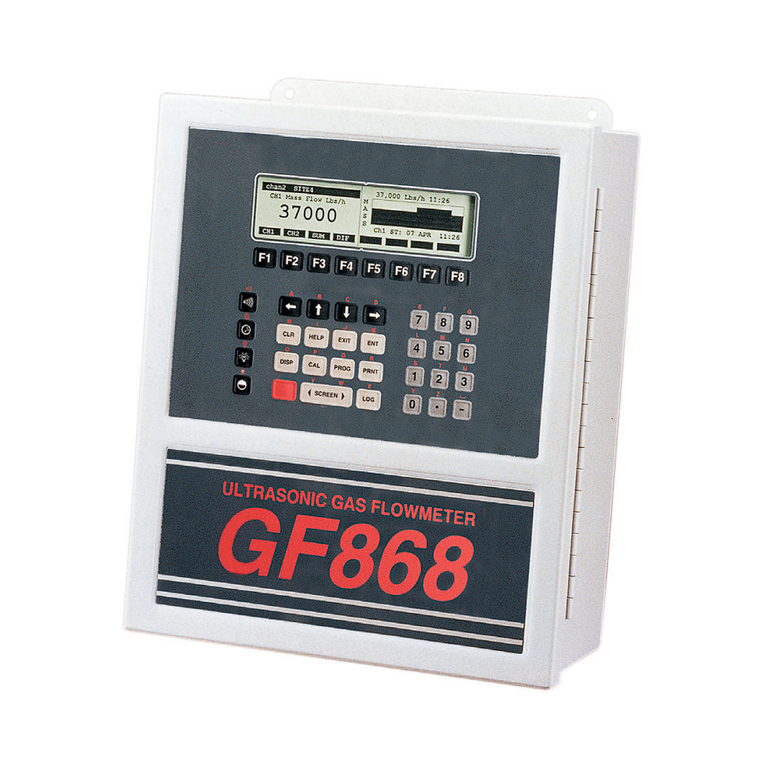
Contents
C - 2
Operating Instructions HYGROPHIL® H 4230-12 BA 060207
Contents Page Date of issue
3.6 Pressure-reduction controller _________________________ 41
3.6.1 Assembly drawing __________________________________ 41
3.6.2 Settings __________________________________________ 42
3.7 Filling the water storage tank _________________________ 44
3.8 External water detector ______________________________ 45
3.8.1 Electrical connection ________________________________ 45
3.8.2 Calibration ________________________________________ 45
3.8.3 Installation ________________________________________ 46
4Operation ________________________________________ 47
4.1 Start-up __________________________________________ 47
4.2 Operating mode ___________________________________ 47
4.3 Configuration ______________________________________ 48
4.4 Changing the slave address __________________________ 48
5Programming _____________________________________ 49
5.1 General notes _____________________________________ 49
5.1.1 Interaction ________________________________________ 49
5.1.2 Programming process _______________________________ 50
5.2 Changing the program parameters _____________________ 52
5.2.1 Programming the analogue outputs ____________________ 52
5.2.2 Programming the hose heating parameters ______________ 53
5.2.3 Programming the pump control________________________ 54
5.2.4 Programming the equipment configuration _______________ 55
5.2.4.1 Temperature sensors _______________________________ 55
5.2.4.2 Safety switch-off („TIMEOUT”) ________________________ 55
5.2.4.3 Water detector_____________________________________ 56
5.2.4.4 Hose heating controller ______________________________ 56
5.2.4.5 Compressed air control ______________________________ 56
5.2.4.6 Flow setting _______________________________________ 57
5.2.4.7 Reference pressure ________________________________ 58
5.2.4.8 Sensor calibration __________________________________ 58
5.2.5 Limit monitoring ____________________________________ 59
6Maintenance _____________________________________ 61
6.1 General information ________________________________ 61
6.2 Testing the analogue outputs _________________________ 62
6.3 Measuring chamber ________________________________ 62
6.3.1 Cleaning interval ___________________________________ 62
6.3.2 Types of dirt ______________________________________ 63
6.3.3 Disassembling the measuring chamber _________________ 64
6.3.4 Dismantling the measuring chamber ___________________ 68
6.3.5 Changing the humid temperature sensor ________________ 70
6.3.6 Changing the dry temperature sensor __________________ 71
6.3.7 Cleaning the measuring chamber ______________________ 72
6.3.8 Assembling the measuring chamber ___________________ 76
6.4 Internal water detector ______________________________ 77
6.5 Water pump_______________________________________ 78
6.6 Gas sampling hose _________________________________ 79
6.7 Compressed air conditioner __________________________ 79
6.7.1 Emptying the condensate separator ____________________ 79
6.7.2 Cleaning the filter __________________________________ 80
6.8 Pressure reduction controller _________________________ 81
6.9 Changing fuses ____________________________________ 82
6.10 Replacing the Display-/ Profibus-board _________________ 83
6.11 Replacing the electronics board _______________________ 84
6.12 Replacing the proportional valve ______________________ 86




















